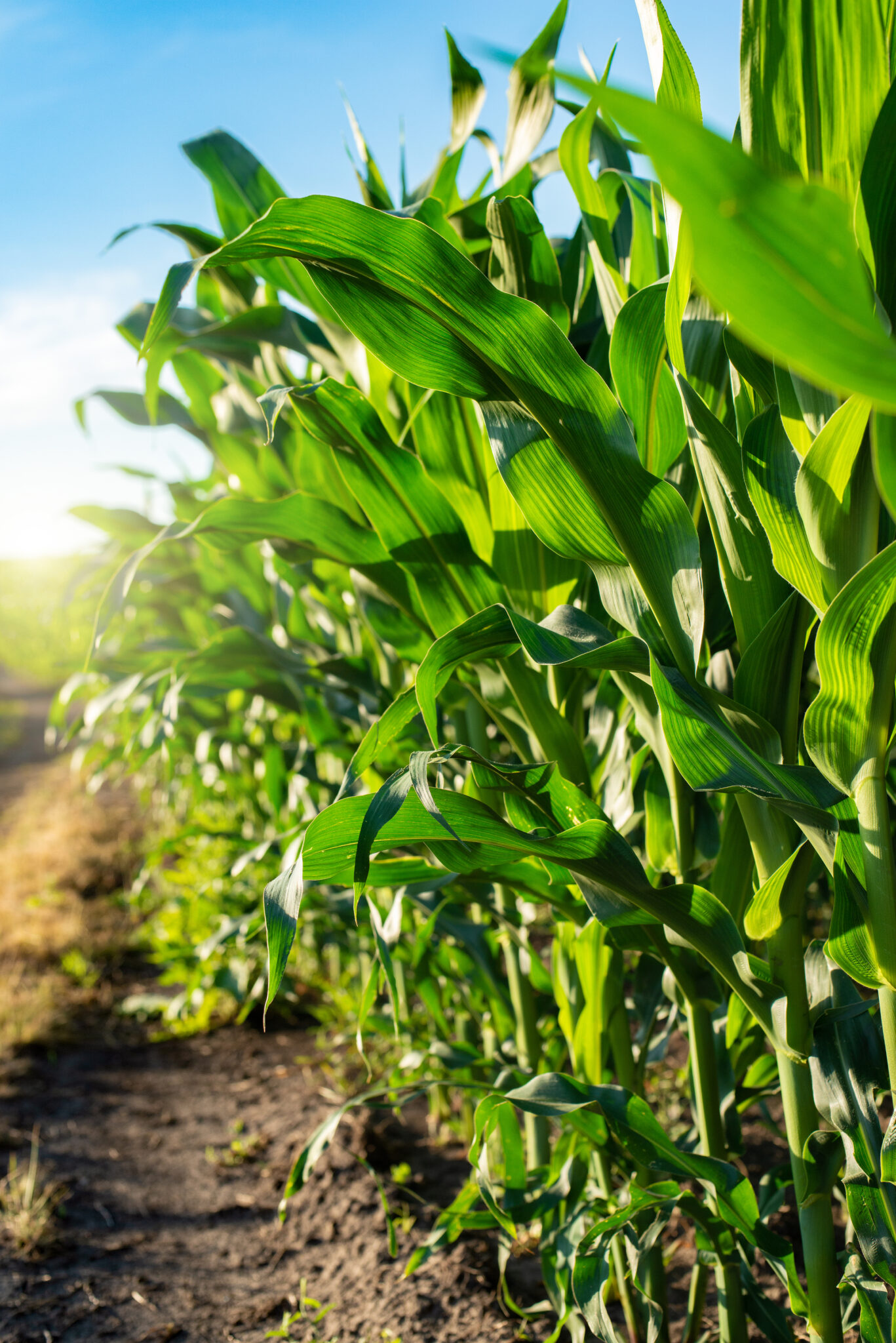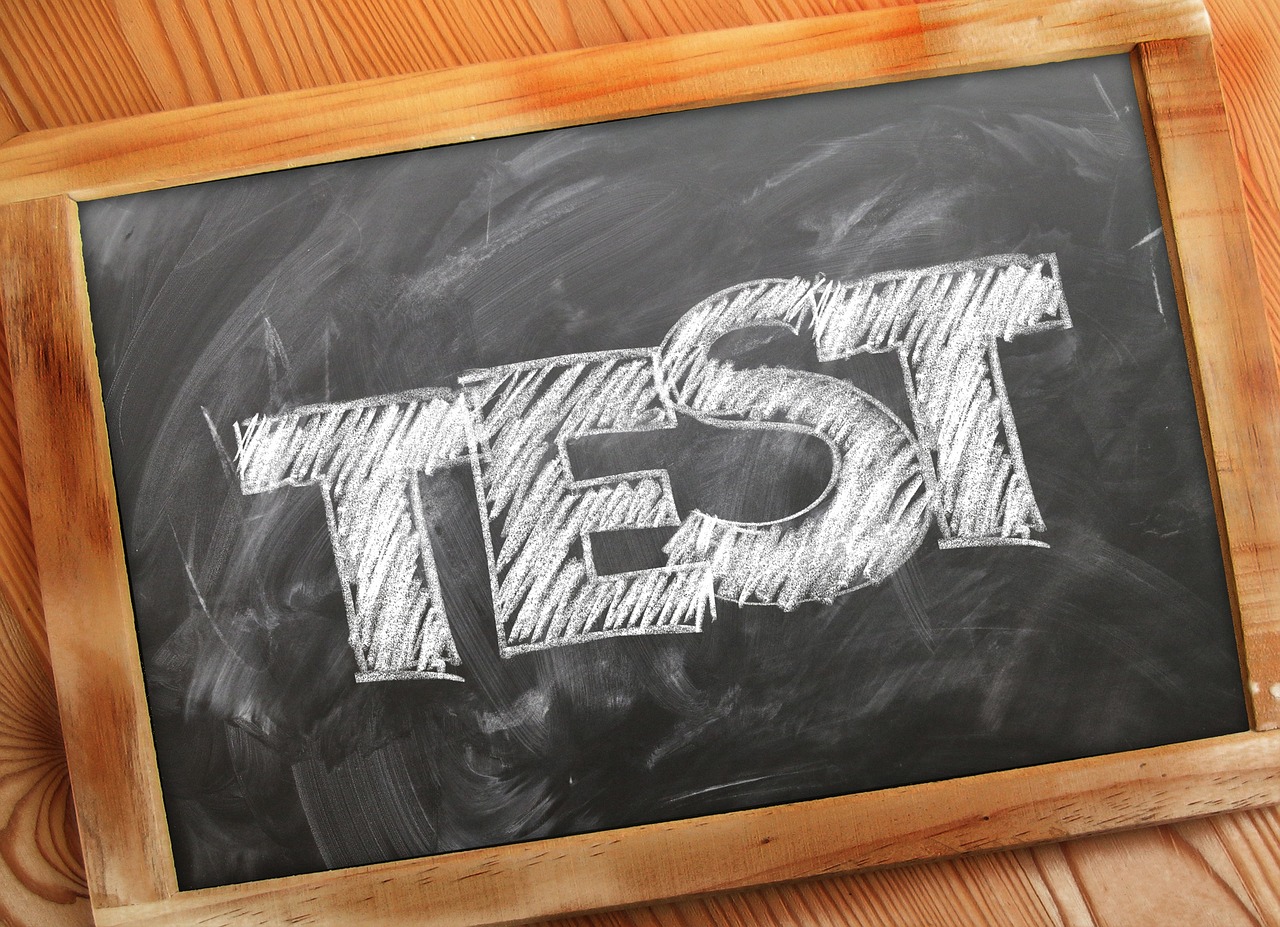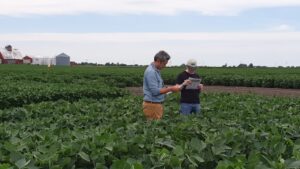By Davie Wilson, PhD, NA Seed Growth Technical Manager- Fungicides and Insecticides at Bayer Crop Science
I grew up on a Mississippi Delta cotton and soybean farm at the perfect time to fully experience the nearly miraculous benefits of seed treatments and other biotechnologies. In my youngest years, we didn’t yet have RoundUp Ready or lepidopterous control; the boll weevil eradication hadn’t started; and we were still pre-BT cotton. The introduction of biotechnology changed everything, allowing us yields and quality we’d never before thought possible. As a ten- or twelve-year-old, my mind was blown by biotech’s ability to decrease our family’s stress and increase our crops’ returns.
I still feel that same wonder and appreciation today, which is why I’m proud to have had a hand in developing every corn seed treatment Bayer Crop Science has released. However, though the products are fantastic, I feel that we as an industry have room to improve. Specifically, we need to do a better job of educating producers about three key realities:
1) All corn seed sold today comes pre-treated for very good reason.
Corn is a weak and disease-susceptible plant in its earliest stages. Cold and wet weather are common during the typical corn planting window, providing ideal environmental conditions for corn disease pathogens that strike between germination and V1/V2. While some plants like soybeans and canola can compensate for a difficult start, corn is limited to single ears, the size of which are determined very early (V6). As such, corn seed treatment’s protection of early crop health has a direct and critical impact on ultimate yield.
Every year, we run untreated checks alongside our corn product trials in our development plots. Regularly, just a handful of plants survive across an entire check strip: the rest don’t ever come up. Those that do emerge develop inconsistently and produce low yield. I always enjoy taking producers on walks through our plots, since a single glance at an untreated check proves the value of seed treatment in an instant.
2) Seed treatments are formulated only for the benefit of the farmer.
Producers often incorrectly assume that companies add unnecessary ingredients to seed treatment to increase the market price. That is entirely false. Because treatment is applied upstream and sold at seamless pricing, an additive without direct biological benefit would be a cost that we as a company must absorb. Our goal is to bring the best active ingredients in one package that protect our germplasm and trait investment.
3) Seed treatment is a critical part of a system rather than a standalone.
I can tell you that ours is the best seed treatment package available today. While crop health surveys consistently show that’s true, crowing about a seed treatment doesn’t make a lot of sense. Contrary to misconception, a seed treatment does not promote growth, add yield or improve potential. Growth and yield potential are genetic and, as such, determined by the germplasm and the biotech traits contained inside the seed. Seed treatment’s only function is to protect what already exists.
Since I’m a football fan, I see germplasm and biotech traits as the running back and quarterback: there to make the plays and score the points. Seed treatment, on the other hand, is the offensive line: there to protect the stars, enable the plays and ‘win in the trenches’.












